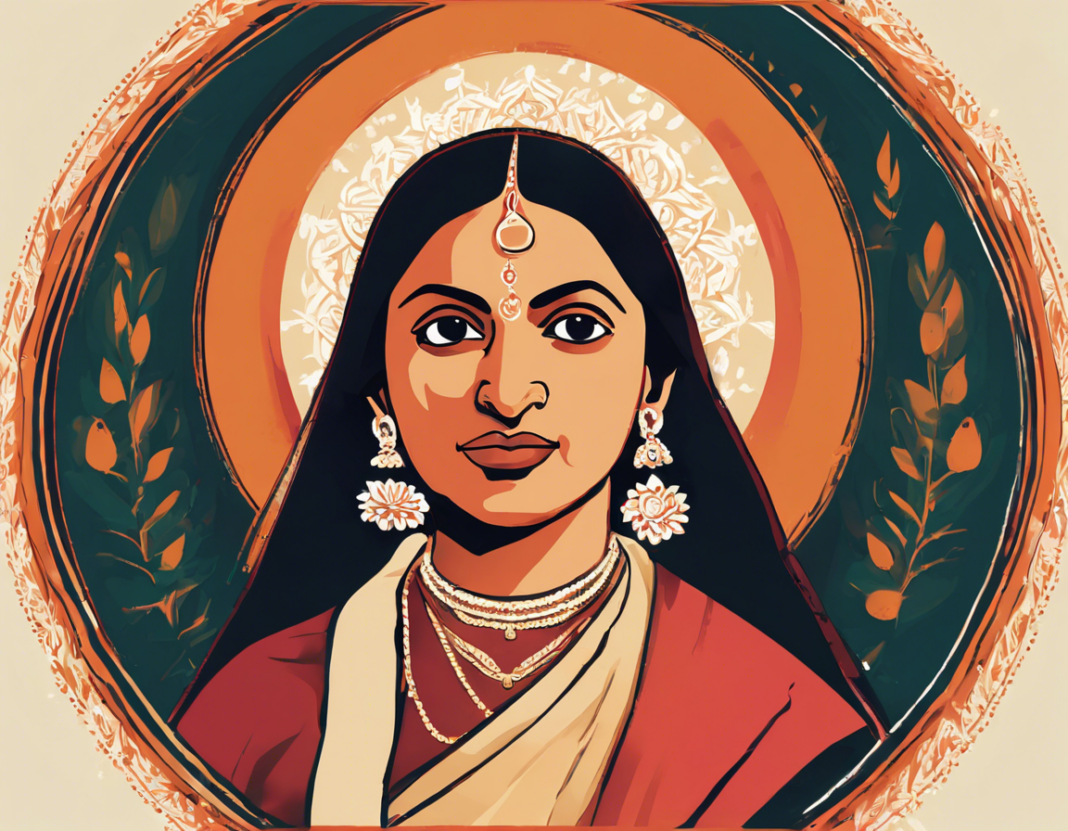Introduction
Shango Lapeer, a cultural icon known for his power, influence, and significance in various spiritual and religious traditions, has captivated the imagination of many across the globe. From his origins in Yoruba mythology to his presence in Afro-Caribbean religions such as Santeria and Candomble, Shango embodies characteristics of strength, justice, and thunder. This comprehensive article delves into the rich tapestry of Shango’s history, symbolism, and continued relevance in contemporary society.
The Origins of Shango
In Yoruba mythology, Shango is a god of thunder, lightning, and fire, often associated with power, masculinity, and virility. He is believed to have been a historical king of the Oyo Empire in what is now Nigeria. Legend has it that Shango possessed extraordinary strength and courage, which led to his deification after his death. He is commonly depicted with a double-edged axe or oshe symbolizing his authority and ability to dispense justice.
Symbolism and Attributes of Shango
Shango’s symbolism extends beyond just thunder and fire. He is also associated with dance, drumming, and music, with devotees often honoring him through rhythmic performances and rituals. The colors red and white are closely linked to Shango, representing passion and purity respectively. In Santeria and other syncretic religions, Shango is often syncretized with Saint Barbara or Saint Jerome due to shared characteristics.
Shango in Afro-Caribbean Religions
The transatlantic slave trade brought Yoruba religious practices to the Americas, where they merged with Catholicism and indigenous beliefs to form new syncretic religions. In Santeria, Shango is known as Chango and holds a prominent position among the Orishas, the pantheon of deities worshipped by practitioners. His fiery temperament and sense of justice resonate with those seeking guidance and strength.
Celebrations and Festivals in Honor of Shango
Devotees of Shango celebrate various festivals and feasts throughout the year to honor his presence and seek his blessings. In Trinidad and Tobago, the annual Feast of Great Santa Rosa and Shango brings together followers in a vibrant display of music, dance, and offerings. Similarly, the Festival of Chango in Cuba features drumming ceremonies, ecstatic dancing, and animal sacrifices as acts of devotion.
Contemporary Relevance and Influence
In modern times, Shango continues to inspire artists, musicians, and performers who are drawn to his fierce energy and sense of justice. His image can be found in murals, sculptures, and tattoos as a symbol of strength and protection. The enduring popularity of Shango reflects his ability to transcend cultural boundaries and resonate with people seeking empowerment and connection to their ancestral roots.
Conclusion
Shango Lapeer, the powerful and influential deity of thunder and fire, stands as a timeless symbol of strength, courage, and justice. From his origins in Yoruba mythology to his presence in Afro-Caribbean religions, Shango’s legacy endures through vibrant celebrations, artistic expressions, and spiritual practices. As a cultural icon, Shango continues to inspire and captivate those who seek his guidance and blessings in their lives.
Frequently Asked Questions (FAQs)
- Who is Shango Lapeer and what is his significance?
-
Shango Lapeer is a deity in Yoruba mythology associated with thunder, lightning, and fire. He symbolizes power, masculinity, and justice.
-
How is Shango worshipped in Afro-Caribbean religions?
-
In religions such as Santeria and Candomble, Shango is honored through rituals, offerings, and ceremonies that invoke his fiery energy and guidance.
-
What are some symbols associated with Shango?
-
Symbols of Shango include the double-edged axe (oshe), the colors red and white, and representations of thunder and lightning.
-
What is the significance of the Feast of Great Santa Rosa and Shango?
-
The annual festival in Trinidad and Tobago celebrates the connection between Shango and Santa Rosa, attracting followers for music, dance, and offerings.
-
How does Shango continue to influence contemporary culture?
- Shango’s image is seen in various artistic expressions, from murals to tattoos, reflecting his enduring appeal as a symbol of strength and justice.

